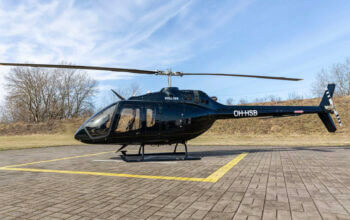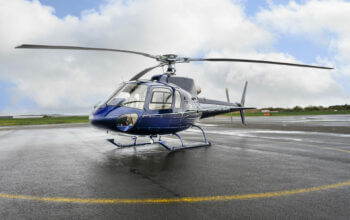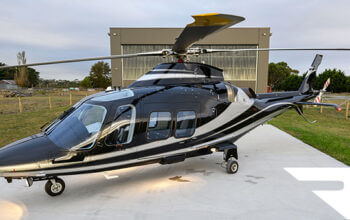Estimated reading time 9 minutes, 45 seconds.
As the race to vaccinate the majority of Canadians gains momentum, a Royal Canadian Air Force (RCAF) team is providing critical airlift to deliver military medical assistance teams and other health care and government partners into remote First Nations communities across northern Manitoba.
“This has been a very gratifying and rewarding experience,” said Maj Kerri Egbert, as she prepared last week to hand over command of an Air Task Force (ATF) based out of the municipal airport in Thompson — located on the Burntwood River about 650 kilometers (400 miles) north of Winnipeg.
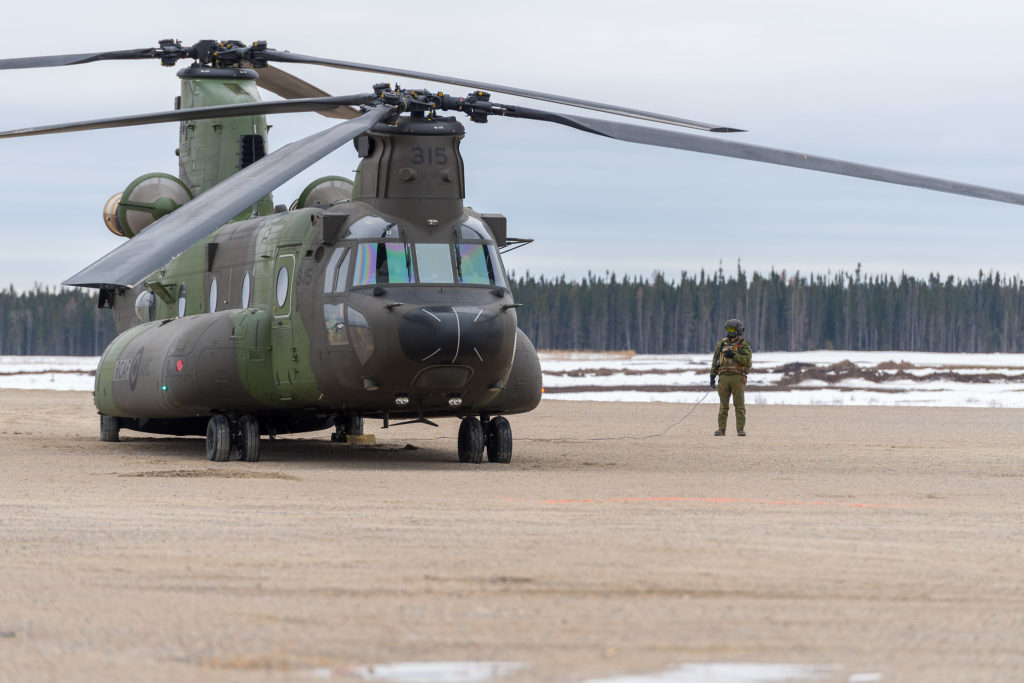
The ATF is part of Operation Vector, a Canadian Armed Forces (CAF) effort to assist federal departments and provincial and territorial governments as they distribute COVID-19 vaccines. The ATF was stood up on March 29 specifically to support Indigenous Services Canada with an accelerated vaccination campaign. The ATF has been busy flying CAF medical teams of inoculators and support personnel, as well as members of the First Nations and Inuit Health Branch, into isolated communities.
Operating from a small hub at the Thompson airport, the ATF consists of about 40 personnel, including aircrews, maintainers, logistic and administrative staff. The airlift assets include a CC-138 Twin Otter from 440 Transport Squadron in Yellowknife, Northwest Territories, and two CH-147F Chinooks from 450 Tactical Helicopter Squadron in Petawawa, Ontario. A CC-130H Hercules from 435 Transport and Rescue Squadron is available for taskings from 17 Wing Winnipeg as needed.
“The size of the ATF is a little bit fluid,” said Egbert, who arrived in Thompson on March 19 as part of a reconnaissance team. “We move personnel and assets as required, and some weeks are busier than others.”
The mix of fixed-wing and rotorcraft is due to the varied and often austere landing conditions. While some communities have gravel airstrips, many have no airfield at all. “Having a long distance, heavy-lift helicopter as well as aircraft like the Twin Otter that can take off and land in short distances was really key to the task,” she explained.
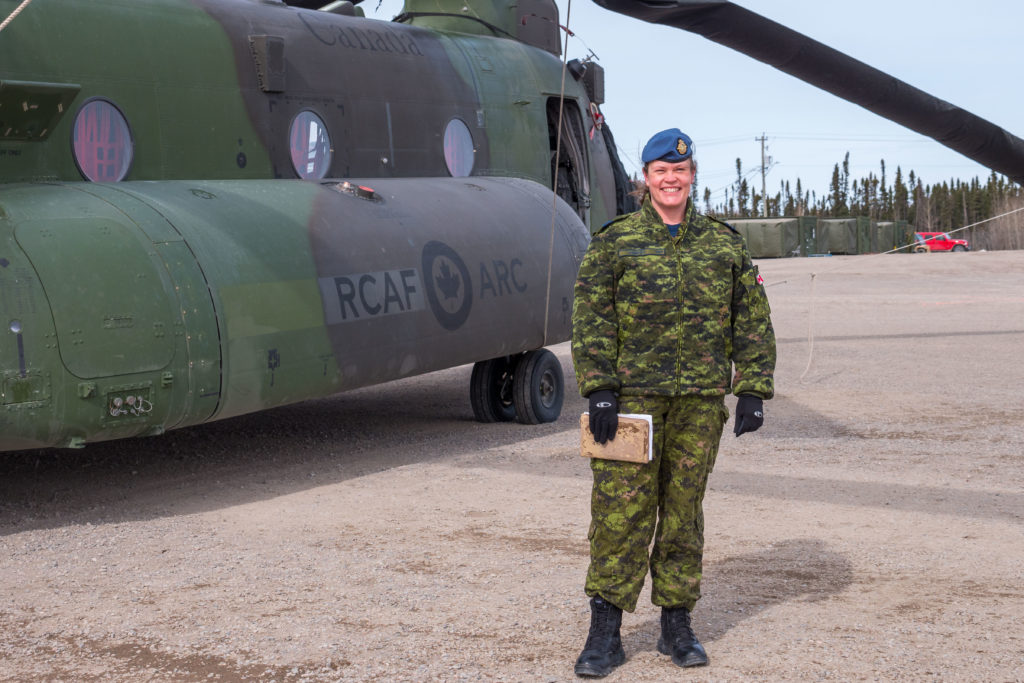
Where and when the ATF flies is determined by the Integrated Vaccine Operations Centre (IVOC), a coordinating organization created by the provincial First Nations Vaccination Implementation Task Force. Based on a community’s request and requirements, the IVOC will identify whether the Red Cross, First Nations health teams, or CAF medical personnel are best tasked to respond.
“They tell us which communities they would like us to provide support to,” said Egbert, a tactical aviation aerospace engineering officer by trade.
Often, that means transporting members of the 1st Regiment, Royal Canadian Horse Artillery, assembled as a land task force from their base at CFB Shilo, Manitoba, and medical team members and support personnel from the Canadian Forces Health Services Group — mostly co-located in Thompson. Most destinations are within 200 nautical miles of Thompson, allowing the aircrews to drop off the medical and other government health services support and return to Thompson the same day. Vaccines are delivered separately by a federal government contractor.
On average, the ATF has conducted flights into two to four communities a week, and can ferry medical personnel a “half-dozen times a week,” she said.
“The communities are all pretty remote because of the nature of the terrain in northern Manitoba. There are so many lakes. But Thompson has really positioned us well to respond. The airport services are great and . . . able to support our fuel requirements. It has really made an ideal jumping off point for us.”

Though the ATF had a frenetic pace when it first stood up as members scrambled to locate work space, accommodations, meals, and other logistical issues, it quickly settled into what Egbert called a “steady state with few major challenges.
“We train to be in a very dynamic atmosphere. Being in the comfort of Thompson, sleeping in hotels, being in a community – it simplifies things. The pace has been manageable. The partner organizations have been fantastic, and interactions we have had with the communities have been great.”
The arrival of a twin-engine, tandem rotor helicopter has often attracted the entire community, she noted. “It’s something they don’t normally see, so the reception has been incredible.”
While the ATF has a planned end date of June 30, its taskings will continue as long as necessary, Egbert added. “We have completed a first dose of vaccines for the 11 communities initially identified for us. It looks like it will be similar for the second dose, though we might see changes in which communities we support. Those are constantly being re-evaluated and we get [different] requests by IVOC every week.”
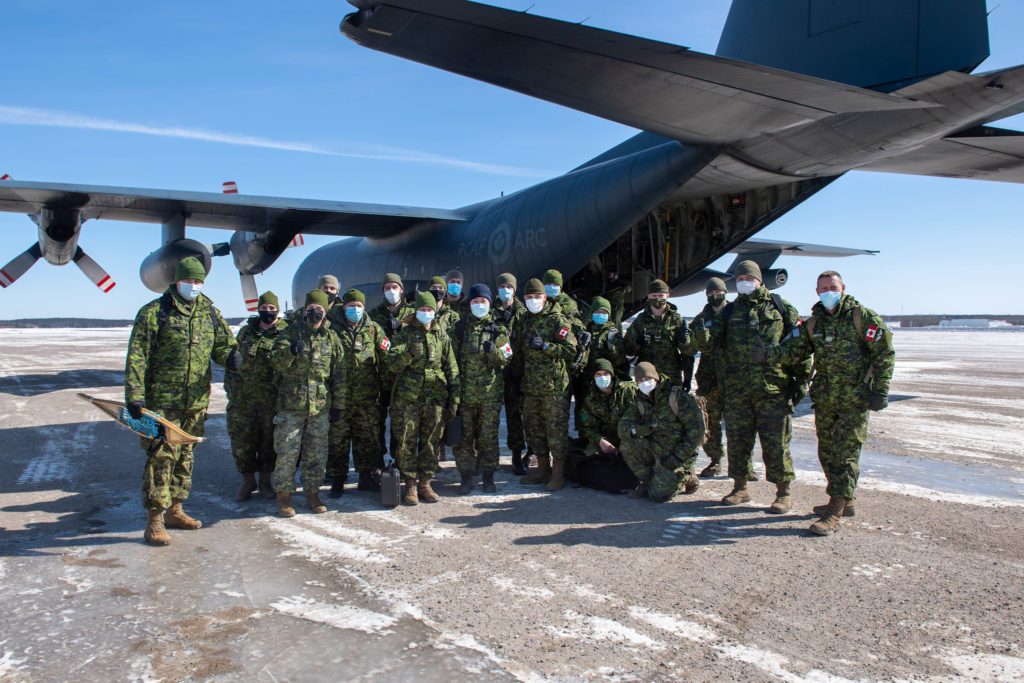
The almost six-week command of the ATF was somewhat unusual for Egbert. She and her headquarters staff are normally part of an Air Field Activation Surge Team (AFAST), the RCAF’s rapidly deployable contingent based at 2 Air Expeditionary Wing Bagotville. The AFAST is the first to arrive on location and create the necessary operating conditions for a follow-on air detachment or air task force.
“We come in and set everything up and make sure all those logistical requirements are taken care of, and set up a headquarters and some support staff. We have stayed [in Thompson] a bit longer than we commonly would just because it worked out that way with other commitments.”
As Egbert handed off to the incoming ATF commander, Maj Kendra Bencun of 450 Squadron, she said the extra time to remain in Thompson and lead the airlift was “a rewarding experience” for her entire team.
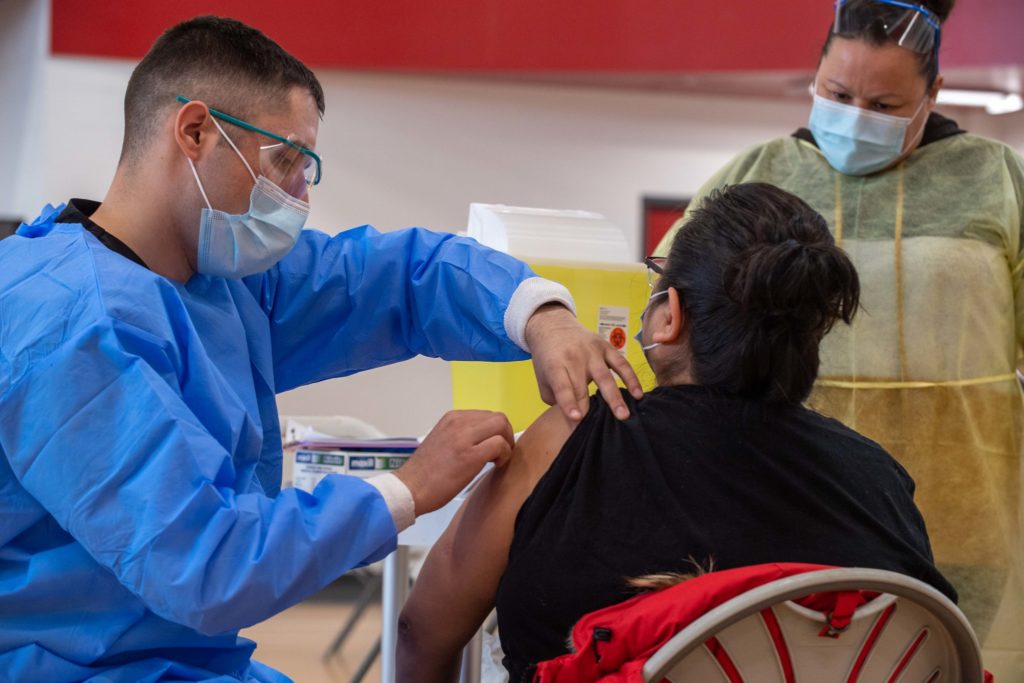
“Morale is high. We have enjoyed providing support to the vaccination campaign . . . and being able to serve the First Nation communities of northern Manitoba.”





